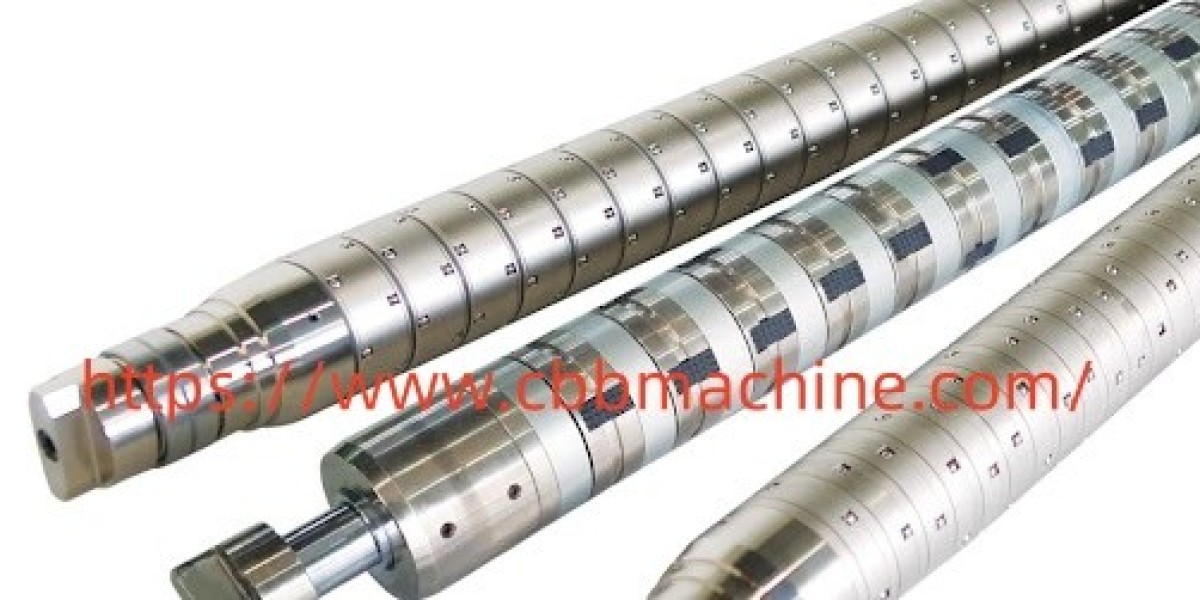In modern roll-to-roll production, the Differential Air Shaft plays a vital role in ensuring smooth and consistent material handling. By evenly distributing tension across rolls during winding and unwinding, it prevents common issues such as wrinkles, slippage, and uneven layering. This functionality is critical in industries like textiles, packaging, printing, and film production, where maintaining product quality and operational efficiency is essential.
The key advantage of this system lies in its differential mechanism, which allows the shaft to adjust rotational speed between the core and the outer roll. This capability maintains uniform tension as material accumulates or unwinds, accommodating variations in roll diameter without manual intervention. Consequently, manufacturers benefit from improved product consistency, reduced material waste, and minimal downtime for corrections.
Durability and precise engineering are crucial for optimal performance. High-quality materials, such as reinforced aluminum or steel tubing, combined with robust internal components, ensure that the shaft withstands repeated high-speed cycles. Proper sealing systems prevent air leaks, maintaining consistent operation and reliability under heavy workloads.
Installation and routine maintenance are key to sustaining efficiency. Correct alignment with rollers, proper air pressure calibration, and periodic inspection prevent operational issues and extend service life. Lubrication and monitoring of wear or leaks help maintain responsiveness and prevent unexpected failures during production.
Modern shafts also integrate advanced monitoring technology. Sensors can provide real-time feedback on rotational speed, tension, and alignment, feeding data to operators or automated control systems. This enables faster adjustments, enhances precision, and reduces the likelihood of human error, improving both safety and efficiency.
Versatility is another strength. These shafts accommodate a range of roll widths, core sizes, and material types, allowing manufacturers to switch between products quickly. This adaptability reduces changeover time, streamlines production, and supports multiple manufacturing lines without sacrificing quality.
Efficiency and safety are further enhanced by precise tension control. Even distribution of force reduces mechanical stress on equipment and prevents material damage. Operators can work confidently, while energy consumption decreases due to smoother operation and less resistance in the system.
Selecting the appropriate shaft requires consideration of material type, roll diameter, machine configuration, and operational air pressure requirements. Proper evaluation and installation maximize reliability, improve output quality, and ensure seamless integration into modern industrial processes.
For more information on types, applications, and industrial benefits, visit https://www.cbbmachine.com/news/industry-news/differential-air-shafts-key-components-applications-benefits-and-more.html.








